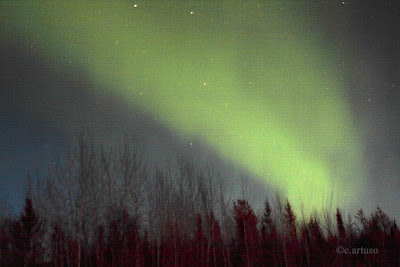This last post in the series from The Philippines is meant to illustrate a few of the species one can see there that are not endemic to the archipelago but which enhance any birding visit.
Two of the raptors on show are the
Barred Honey-Buzzard and the
Oriental Honey-Buzzard shown here (in that order)… these photos don’t highlight the differences to best effect but see if you can spot them… The
Barred Honey-Buzzard is only found on Sulawesi and The Philippines and hence could perhaps be considered a near-endemic of sorts. The
Oriental Honey-Buzzard, as the name suggests, is an Asian species whose range stretches from Siberia to Japan to the Greater Sundas to The Philippines.


The Philippines can offer some good shorebirding too with a reasonable selection of the species that migrate along the East Asian – Pacific Flyway. Here is a small smattering of these species. The
Black-winged Stilt is one of the more common shorebirds and always offer a stunning black and white contrast when they take to the wing as shown here (see if you can spot the Marsh Sandpipers in this photo)

The
Wood Sandpiper is a common sandpiper on The Philippines. Their distinctive supercilium and yellow legs are two of the best ID features (you can also see the tail pattern in this photo)

I photographed this
Common Greenshank (so named because of the greenish hue of the legs) and the preceding two images is a paddy field on Palawan. Paddy fields sometimes offer reasonable birding opportunities…

This
Grey-tailed Tattler was foraging along the shore of a small island (Pandan Island) and, when spooked by a boatman, flew right in front of me permitting this photo.

Also on Pandan Island, and accompanying the Grey Imperial Pigeon in the post on Palawan, was this beautiful
Pied Imperial Pigeon. If you like black and white, you’ll love this bird! Although found from Southeast Asia to New Guinea, this species is mostly found on small islands.

The
Green Imperial Pigeon is a widespread Asian species, but they seemed particularly common on Palawan.

Likewise, the much smaller
Zebra Dove with their elegant stripes.

Most of the woodpeckers on the main islands of The Philippines are endemics (especially if you accept the proposed split of the Greater Flameback complex) but on Palawan there were three non-endemic Asian species, including some of my old friends from Southeast Asia – the
Common Flameback, the massive
Great Slaty Woodpecker and my personal favourite, the
White-bellied Woodpecker (see http://artusobirds.blogspot.ca/2009/11/old-story-where-it-all-began.html if you want to know why). The Philippines and Sulawesi are the last (easternmost) outpost for the woodpeckers – as you move east into the Australasian realm proper there are none. At least in terms of their evolutionary history, they are not so good at islands hopping as some of the passerine families features below…



My blog posts on Luzon and on Mindanao each featured an endemic pitta; however, in addition to those two highly sought-after endemics, there are two other exciting pittas in the Philippines that can have birders creeping around on forest trails… here, from this trip, is the magnificent
Red-bellied Pitta and the electric green of the
Hooded Pitta! The
Red-bellied Pitta has much more of an Australasian distribution as The Philippines is as far west as they get. The
Hooded Pitta on the other hand occurs from India to New Guinea.


Next up two photos of two very different looking birds that are in fact the same species – the dark race of
Black-bellied Cuckooshrike from Luzon and a much paler race from Palawan. The Luzon bird was so dark that when I first spotted it I thought I was looking at Blackish Cuckoo-shrike (you have to look very hard to see the bars on the belly).


Most birders visiting The Philippines will want to see Celestial Monarch and Short-crested Monarch. Although I saw those species I never managed to get photos. I did however manage this shot of the common, widespread and non-endemic Black
-naped Monarch.

Though the Philippines has its share of endemic flycatchers but also a few non-endemics like the migrant
Grey-streaked Flycatcher
And the resident
Mountain Verditer Flycatcher (this beauty is the Mindanao subspecies). This species, also known as Island Flycatcher, is not widespread but does occur on other islands including Sulawesi.

The
Mountain Leaf-Warbler and the
Mountain White-eye are both common in their respective habitats. The former occurs from mainland Asia (Thai-Malay Peninsula) all the way to new Guinea. The latter is not quite as widespread being found on islands from Sumatra to Sulawesi. It just goers to show that deep ocean trenches and sea crossings are more of a barrier for some species than others!


The
Olive-backed Sunbird also has a distribution stretching from Southeast Asia to New Guinea, although some of the races look a little different – this is a Palawan bird…. And what a beauty!

The
Fire-breasted Flowerpecker (male then female) is an Asian species found as far west as the Himalayas but with a few eastern outposts on islands like The Philippines and Taiwan.


That wraps up this brief look at the avifauna of The Philippines – hop you enjoyed this four-part series!














































